Have you ever thought about how 3D printing makes cool ideas real? Color 3D printing filaments help make this happen. These filaments are materials mixed with colors, letting you print objects in bright shades. They’re not just for looks—they also make things work better. For example, companies use them to make test models that look good and work well.
The worldwide market for 3D printing filaments shows their growing importance. By 2037, it’s predicted to grow from $1.03 billion in 2024 to $7.5 billion, increasing by 16.5% each year. This growth shows how multi-color printing inspires creativity and new ideas. With a color 3D printer, you can make projects your own, combining art and technology.
Key Takeaways
- Color 3D printing filaments help you make bright, useful designs. They improve how things look and work.
- Pick the right filament for your project: single-color for strength, multicolor for fun, and gradient for smooth color changes.
- Using pre-colored filaments is easy for beginners. Indirect methods give more options for detailed designs.
- Check filament features like strength, heat resistance, and printer fit to get good results.
- Try special filaments like wood, metal, or conductive ones for cool effects in your 3D projects.
Types of Color 3D Printing Filaments

Choosing the right filament is key for your 3D printing success. Different types of filaments let you create unique designs. You can make bold single-color prints, colorful multicolor objects, or smooth gradients. Let’s look at these options.
Single-color filaments
Single-color filaments are the most common in 3D printing. They come in many shades, like bright reds or soft pastels. These filaments are great for projects needing one solid color. Use them for prototypes or decorations—they always give consistent results.
Fun Fact: Single-color filaments are often stronger than multicolor ones. For instance, silver filaments have a tensile strength of 68 MPa. They also resist impacts well, making them great for functional parts.
Here’s a simple comparison of single-color filament performance:
|
Filament Color |
Tensile Strength (MPa) |
Layer Adhesion (MPa) |
Impact Strength (kJ/m²) |
|---|---|---|---|
|
Matt Black |
60 |
32 |
6.5 |
|
Green |
62 |
38 |
5 |
|
Silver |
68 |
45 |
9 |
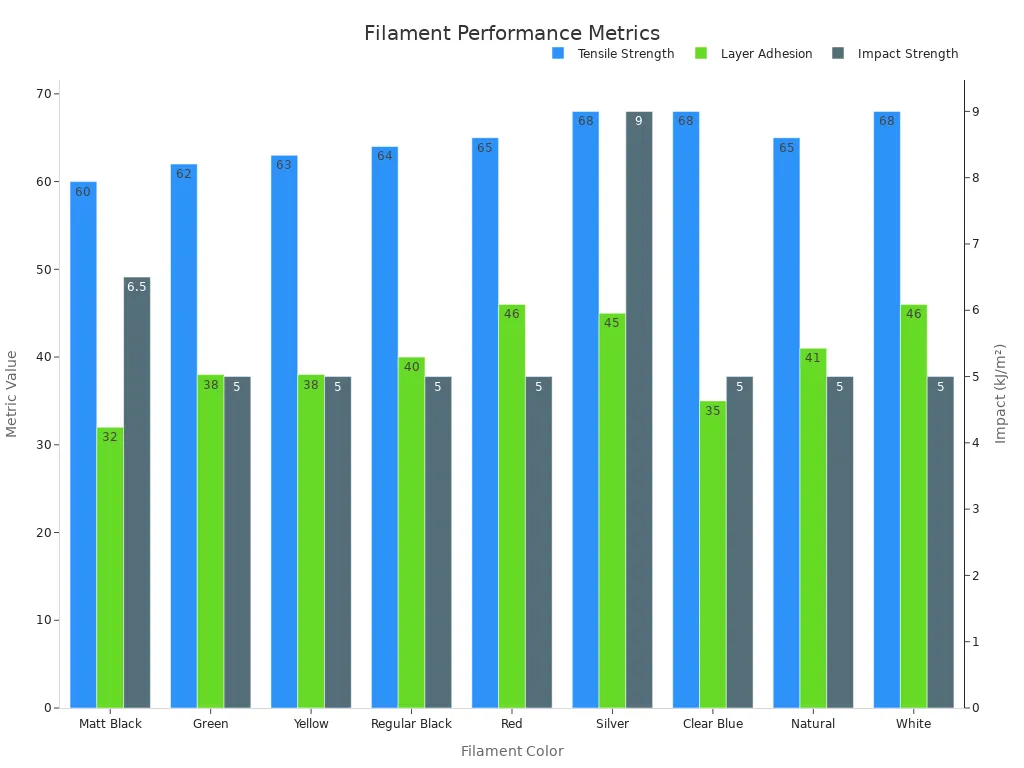
If you’re new to 3D printing, start with single-color filaments. They’re easy to find and work with most printers.
Multi-color filaments
Multicolor filaments let you print objects with many colors at once. You don’t need to paint or add colors later. Imagine printing a toy with patterns or a logo with details—multicolor filaments make it easy.
These filaments use advanced methods like dual-extrusion or special blends. They can be tricky to use, but the results are amazing. They’re perfect for art, branding, or school projects.
Gradient filaments
Gradient filaments mix art and technology. They create smooth color changes, like a sunset fade or rainbow effect. These filaments make your designs stand out.
Studies show gradient filaments can make 36 colors from four materials. They’re affordable and don’t need special printers. Both beginners and experts can use them.
Why Choose Gradient Filaments?
Gradient filaments are great for eye-catching designs. Use them for decorations, sculptures, or prototypes where looks matter.
Specialty filaments with unique effects
Specialty filaments make your 3D printing projects extra special. They don’t just add color—they bring textures, finishes, and useful features. If you want prints that stand out, these filaments are a great choice.
Wood Filaments
Wood filaments let you print objects that look like real wood. They mix PLA with wood fibers for a natural feel. You can stain or carve them, just like actual wood. These are great for art, home décor, or furniture projects.
🛠️ Metal Filaments
Metal filaments create prints with a shiny metallic look. They combine regular materials with metal powders for cool effects. You can polish them to look like bronze, copper, or steel. Use them for jewelry, sculptures, or fancy decorations.
Fun Fact: Polished metal prints are perfect for historical replicas or industrial designs.
⚡ Conductive Filaments
Conductive filaments are great for making electronic parts. They mix regular materials with conductive additives to print circuits or sensors. You can even make wearable tech. These filaments look sleek and futuristic, too.
🌟 Composite Filaments
Composite filaments combine materials for special looks and features. Some mix carbon fiber for strength or glow-in-the-dark additives for fun effects. These filaments help you create objects that are strong and eye-catching.
Why Choose Specialty Filaments?
Specialty filaments are perfect for creative and useful projects. Whether you’re making art, testing ideas, or building gadgets, they help you try new things. Give them a shot—you might find exciting ways to show your ideas!
Direct and Indirect Color 3D Printing Methods
When adding color to 3D prints, there are two ways: direct and indirect. Each method has its own benefits and challenges. Let’s explore how they work and what makes them special.
Direct color 3D printing with pre-colored filaments
Direct color printing is the easiest way to add bright colors. You use pre-colored filaments that already have the color you need. Just load the filament into your printer, and start printing. This method works well for simple designs needing one or more colors. Your printer must support dual or multi-material extrusion for multiple colors.
For example, printing a red vase or blue phone case is quick with pre-colored filaments. These filaments are easy to find and work with most printers. They’re great for beginners and give consistent, reliable results.
Indirect color 3D printing using external processes
Indirect color printing uses a different approach. Instead of pre-colored filaments, you start with clear or neutral material. Then, you add color after printing. This method is flexible and great for detailed designs or unique finishes.
One common way is painting your prints after they’re done. Use acrylic paints, spray paints, or airbrushing for the look you want. Another option is dyeing, where you soak the print in dye to add color. This works well with materials like nylon, which absorb dyes easily.
Why choose indirect methods?
They’re perfect for projects needing fine details or custom colors. For example, if you’re making a model with tiny patterns or a prototype needing a specific shade, indirect methods let you adjust the color to fit your idea.
Advanced techniques for color blending
Want to try something more advanced? Color blending techniques let you create gradients, patterns, and custom shades during printing. These methods make your prints look amazing.
In FDM printing, some printers mix multiple filaments while printing. This creates smooth color changes, like a gradient from blue to green. You can also print multicolored logos or detailed patterns with this technique.
Resin-based printing also allows color blending. By mixing liquid resins and curing them with UV light, you get smooth transitions and bright colors. This method is great for artistic projects and detailed models.
A good example is the 3D4C printer, made for full-color printing. It blends plastic filaments with precision using a metal extruder. The result is high-quality prints with stunning multicolor effects.
Fun Fact: Color blending isn’t just for looks. It’s used in fields like healthcare and education to make detailed, functional models.
Whether you choose direct, indirect, or advanced methods, 3D printing with color has endless possibilities. Try these techniques to find what works best for your projects!
Choosing the Right Filament for Color 3D Printing
Material types and their properties
Choosing the right filament means knowing its material traits. Different filaments work best for different projects. Some are tough and long-lasting, while others look great or have special uses.
Here’s a simple guide to help you pick:
|
Property Type |
|
|---|---|
|
Mechanical Properties |
Strength, Flexibility, Durability, Impact Resistance |
|
Thermal Properties |
Handles Heat, Expands with Temperature |
|
Electrical Properties |
Conducts Electricity, Insulates |
|
Chemical Resistance |
Resists oils, solvents, water, and chemicals |
|
Ease of 3D Printing |
Sticks to Bed, Avoids Warping, Prints at Right Heat |
|
Aesthetic Properties |
Looks Smooth, Shows Color Well, Easy to Finish |
|
Cost |
Compare prices of regular and special filaments |
|
Safety |
Check for fumes, fire risk, and safe use |
|
Environmental Considerations |
Can break down or be recycled |
|
Special Features |
Resists UV light, Magnetic, or Unique Effects |
For colorful models, pick filaments with great looks and steady colors. For strong parts, choose ones that last and resist damage.
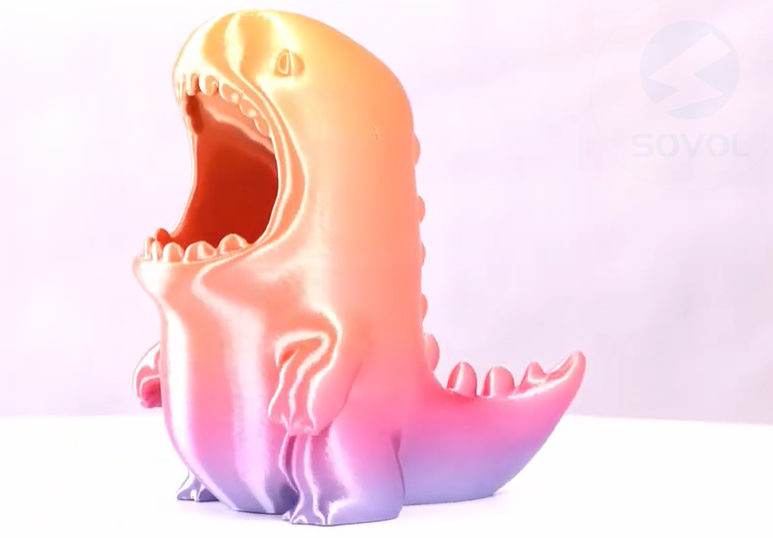
Color accuracy and consistency
Getting the right color is important for perfect prints. Makers use careful methods to keep colors steady across batches.
Here’s how they check color:
- Tools like spectrophotometers measure color evenly.
- Experts visually check if the filament matches the shade.
- Tests ensure every spool has the same color quality.
Pick brands that focus on color accuracy. This keeps your prints bright and true to your design.
Printer compatibility and project requirements
Not all filaments fit every printer. Before buying, check if your printer works with the filament type. For example, some printers handle PLA and ABS easily, but others need special filaments like wood or metal.
Think about these points:
- Nozzle size: Bigger nozzles may be needed for special filaments.
- Temperature range: Make sure your printer reaches the right heat.
- Extrusion type: Dual-extrusion printers are needed for multi-material filaments.
Your project also matters. For prototypes, focus on strength and accuracy. For decorations, pick filaments with great color and finish.
Applications of Color 3D Printing
Prototyping and product design
Color 3D printing has changed how prototypes are made. It lets you create models that look like the final product. These models help test ideas, find problems, and improve designs. Adding color can highlight features or include branding directly on the prototype.
Follow these steps to make better prototypes:
|
Performance Metric |
Description |
|---|---|
|
Decide what to check, like strength, usability, or function. |
|
|
Test in Different Situations |
Try prototypes in various conditions to find problems. |
|
Improve Through Feedback |
Make changes after testing and keep improving the design. |
|
Keep Records |
Write down results to track progress and share findings. |
|
Keep Improving |
Use feedback to make your prototypes even better. |
Using color with these steps makes your prototypes look great and work well.
Artistic and decorative projects
Love art or decorating? Color 3D printing gives you endless options. You can make unique designs that match your style. From bright sculptures to detailed patterns, your imagination is the only limit.
Here are some fun ideas to try:
- Make custom decorations like planters or light covers.
- Create glowing lampshades with translucent materials.
- Design cool headphone stands that fit your personality.
Adding color makes your designs stand out. Whether for gifts or home décor, color 3D printing brings your ideas to life.
Educational tools and models
Color 3D printing is amazing for learning. It helps make detailed models for fun and interactive lessons. For example, medical students use 3D-printed body parts to study anatomy. These models help them learn and explain illnesses to patients better.
Other advantages include:
- Helping patients understand their conditions with accurate models.
- Promoting ethical learning by reducing the need for real specimens.
Teachers and students can use color 3D printing to simplify tough topics. It turns hard ideas into colorful, hands-on tools for better learning.
Functional parts with color-coded features
Color-coded features are not just for looks—they’re super useful. They make tasks easier and improve how things work. Imagine building a machine or sorting tools without clear colors. Color coding helps you do these jobs faster and better.
Think about labels. They’re on food, tools, and machines. Color-coded labels can guide choices or warn of danger. For example, green might mean safe, while red could mean stop or danger. This simple system helps you decide quickly and wisely.
Here’s how color-coded features improve products:
|
Feature Description |
How It Helps Products Work Better |
|---|---|
|
Helps people pick better options. |
|
|
Warning labels prevent risky actions. |
Keeps users safer. |
|
Labels make items seem healthier. |
Attracts more buyers. |
|
Healthier looks affect decisions. |
Changes what people buy. |
|
Labels suggest better use amounts. |
Promotes smarter habits. |
In 3D printing, color-coded parts are great for functional designs. For example, a circuit board with colored sections makes assembly easier. A medical model with highlighted areas helps people understand it better. These features save time and reduce mistakes.
You can also organize your workspace with color coding. Print trays or holders in different colors for tools or supplies. This keeps everything tidy and easy to find. With color-coded features, your designs are not only cool—they’re smarter and more useful.
Color 3D printing lets you create bright designs and useful items. You can use it for prototypes, art, or parts that work well. Try different filaments and methods to see what fits your ideas. Start with single-color filaments—they’re simple for beginners. Once you’re comfortable, explore gradient or specialty filaments for unique results.
Here’s a quick guide to help you begin:
|
Title |
What It Offers |
|---|---|
|
Easy tips for beginners and fun challenges for experts. Step-by-step instructions included. |
|
|
3D Printing 101 |
Learn FDM basics and move to advanced settings. |
|
Idiot's Guides: 3D Printing |
Great for beginners, covering all the important basics. |
|
3D Printing Handbook |
Fix problems and get helpful tips for every skill level. |
FAQ
What filament is best for beginners in color 3D printing?
PLA is great for beginners. It’s simple, cheap, and works well. It also comes in many colors, perfect for first projects.
Can I use different filaments in one print?
Yes, if your printer allows dual or multi-material extrusion. This lets you mix colors or materials, like PLA and wood. Always check if your printer supports this feature.
How can I get accurate colors in my prints?
Use good-quality filaments from trusted brands. Adjust your printer settings, like heat and speed, to match the filament. This helps keep colors bright and steady.
Are gradient filaments difficult to use?
No, they’re easy to use! Gradient filaments don’t need special printers. They create smooth color changes as you print. Just load the filament, and your design will look amazing.
Why should I try color 3D printing?
Color 3D printing lets you make custom designs and cool prototypes. It’s great for art, tools, and learning models. You can be creative and make useful things!

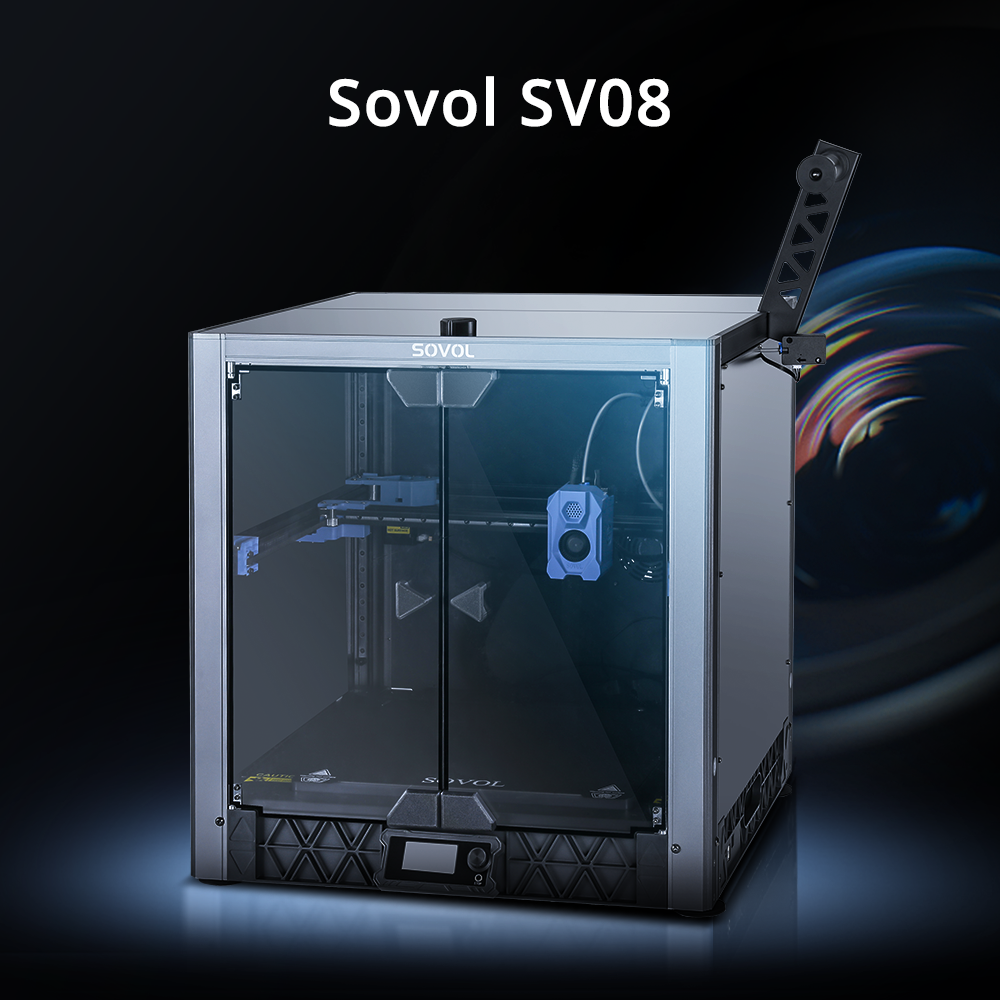
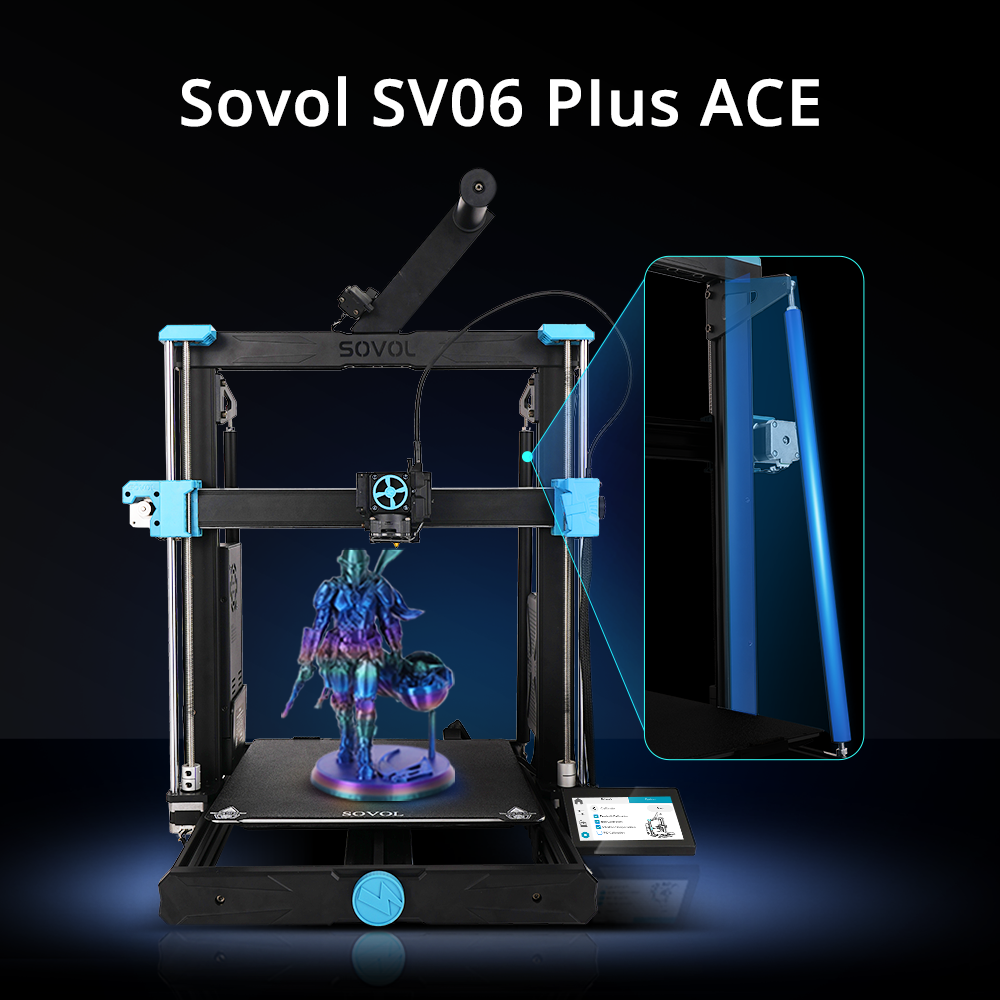
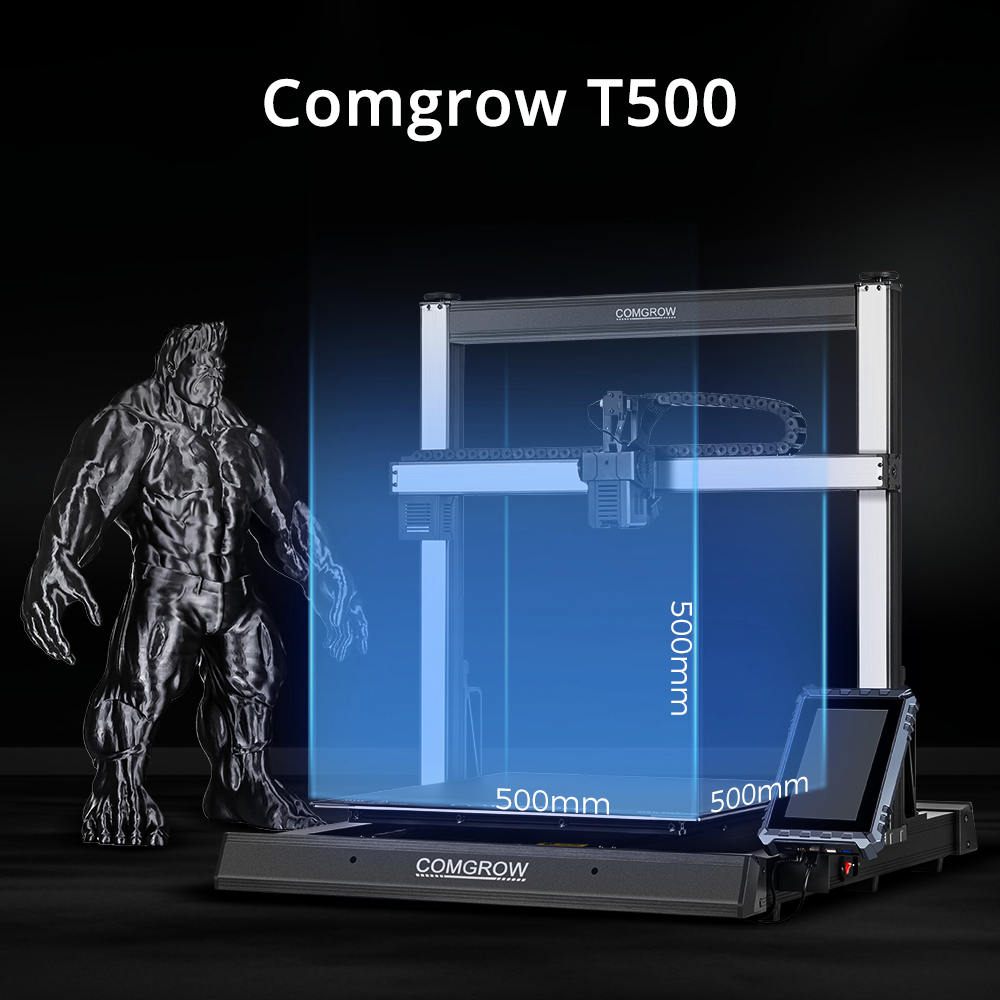
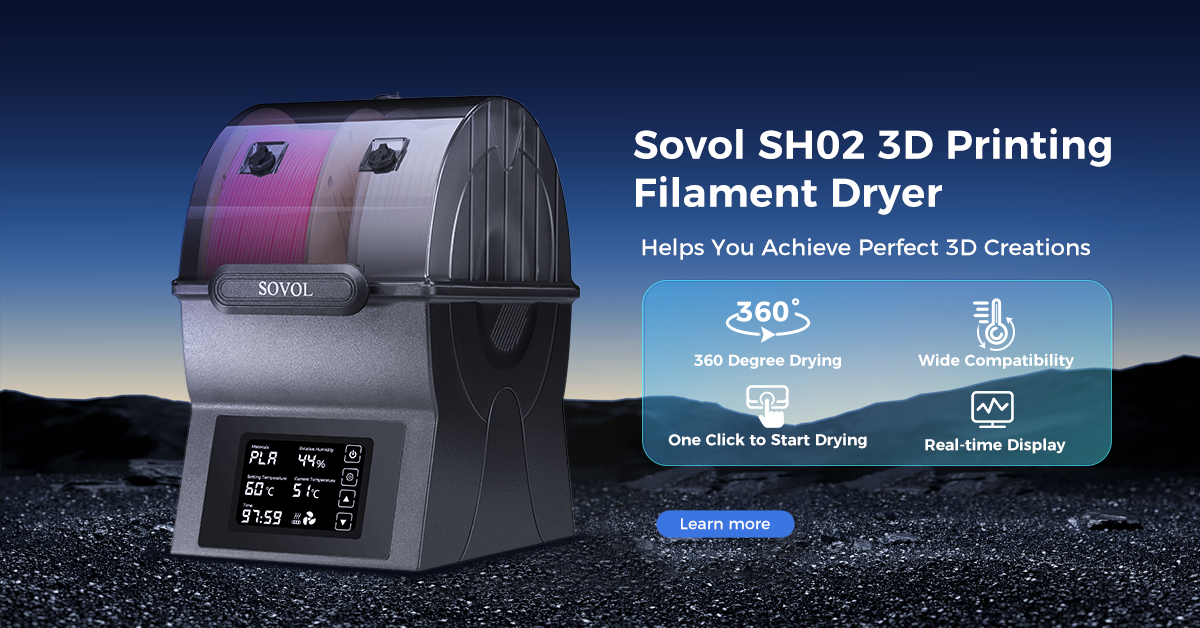
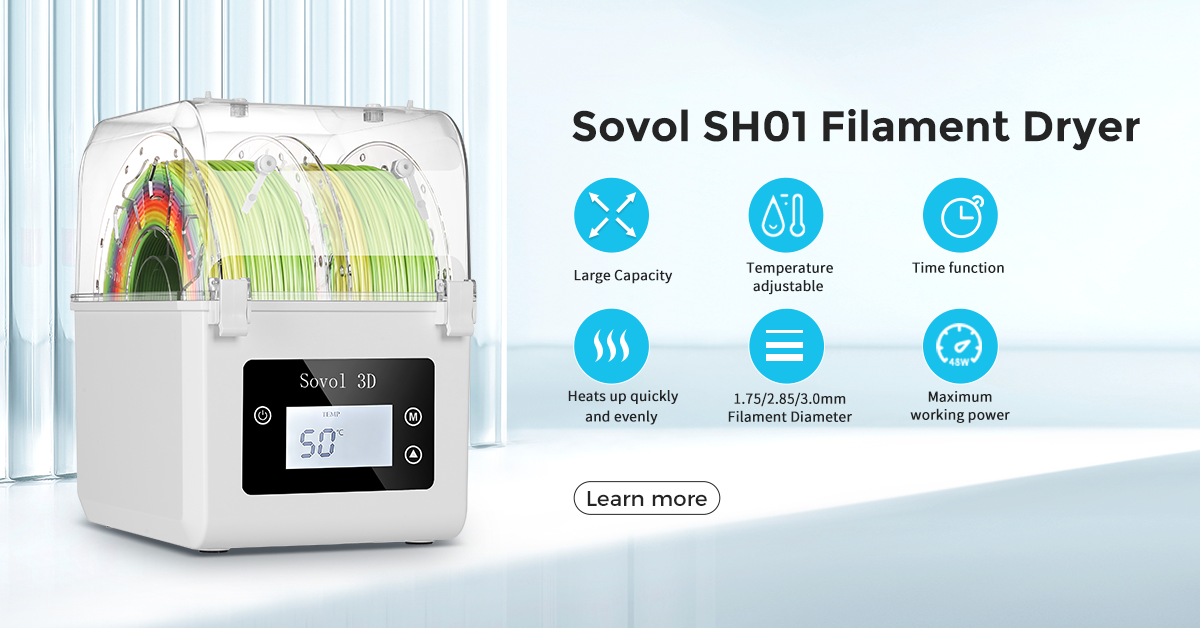
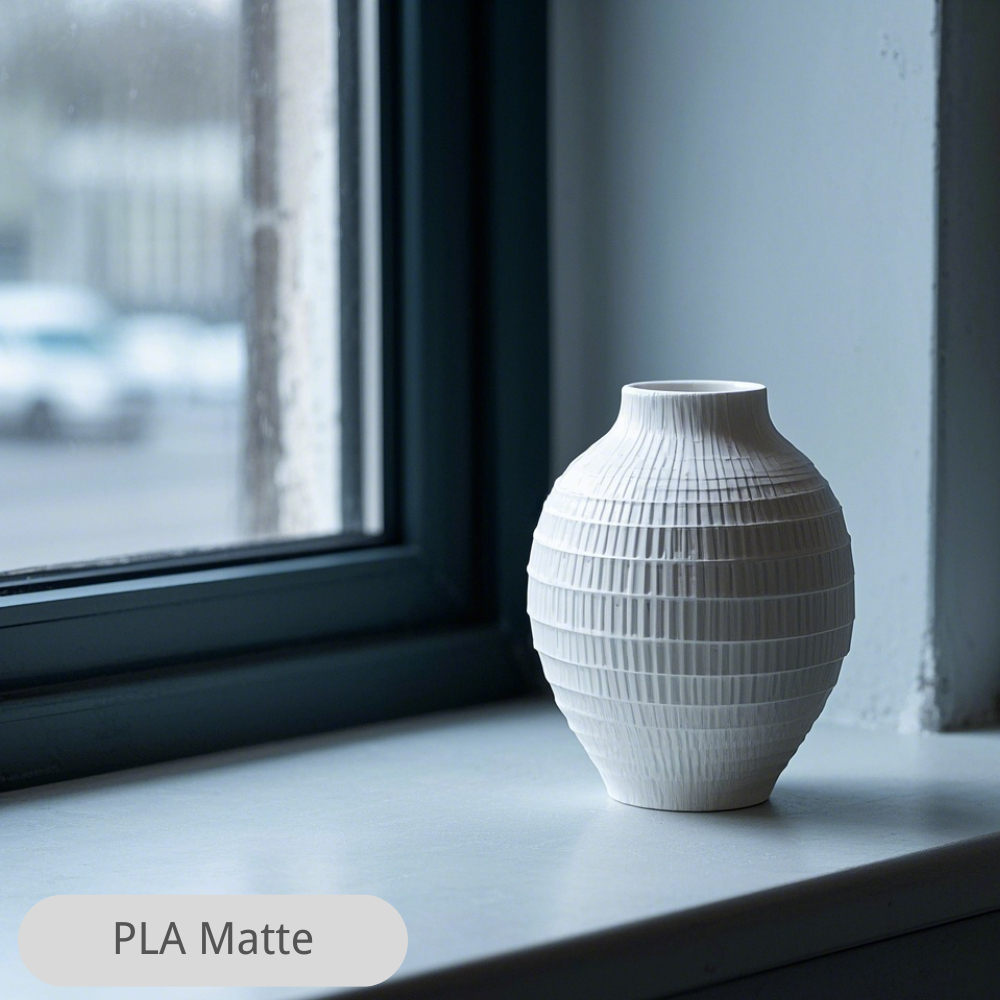
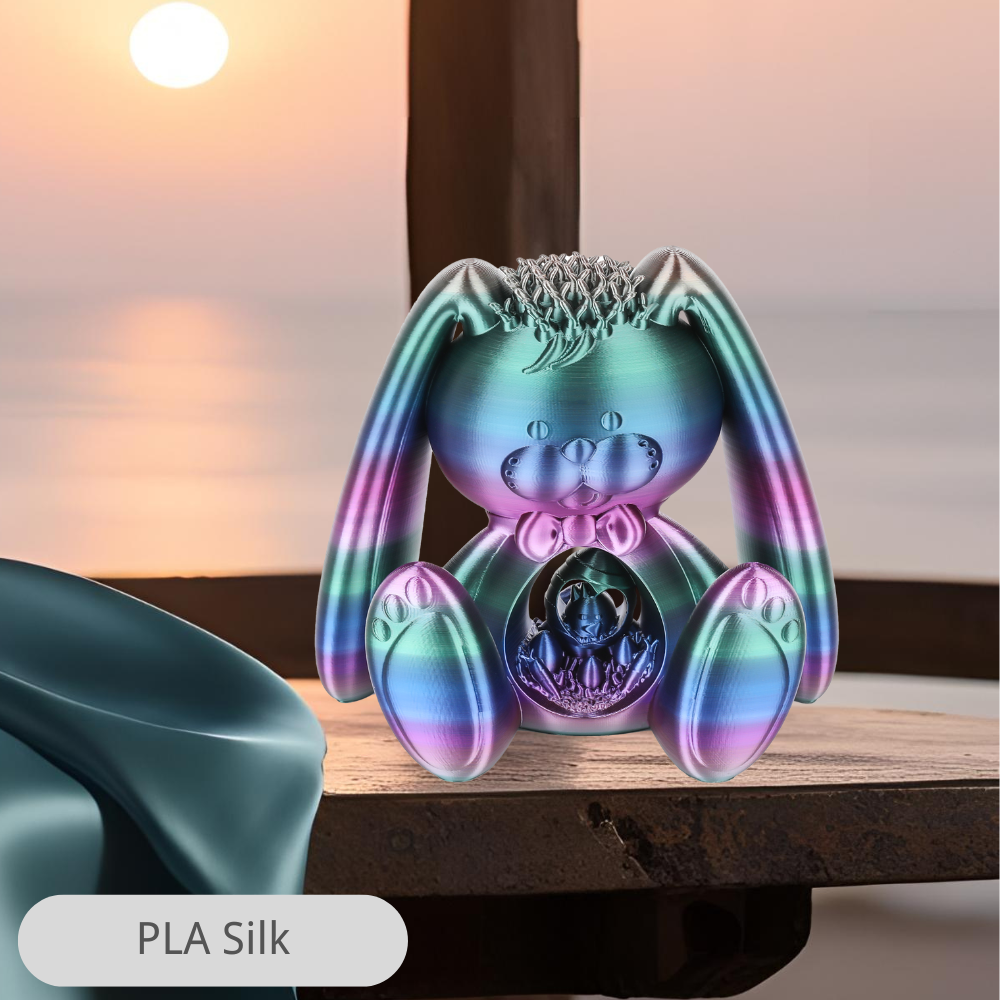
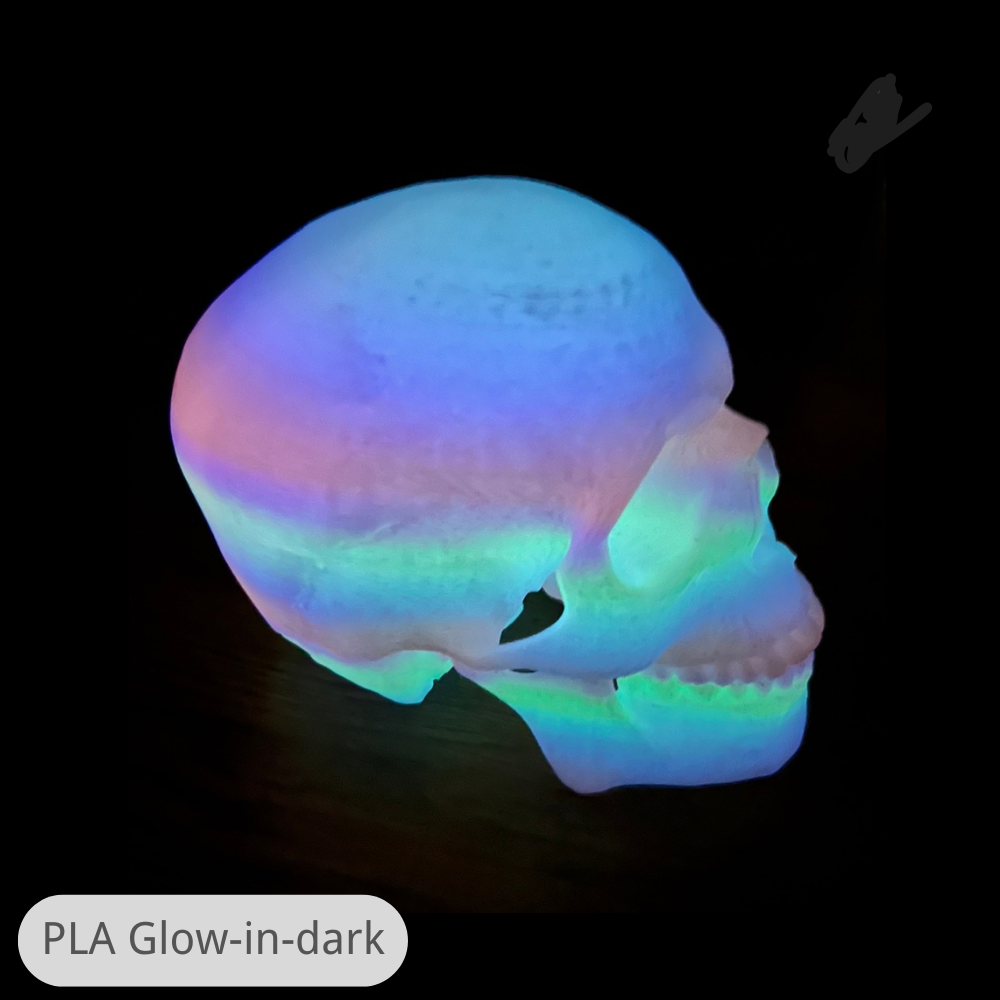
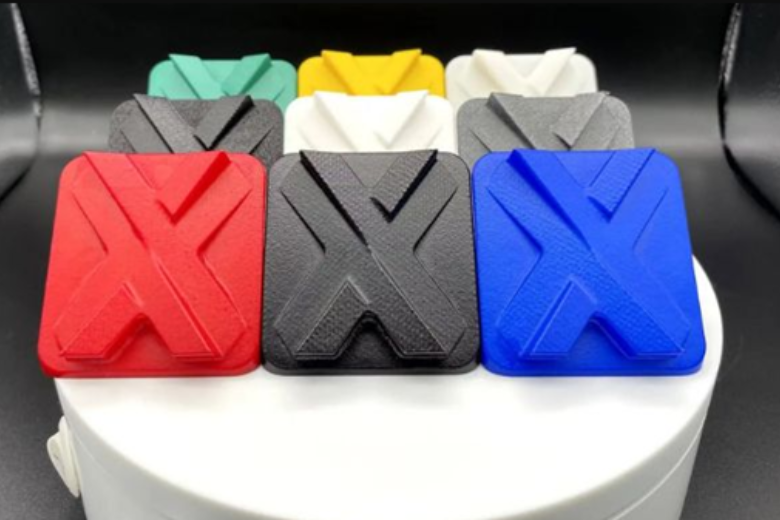
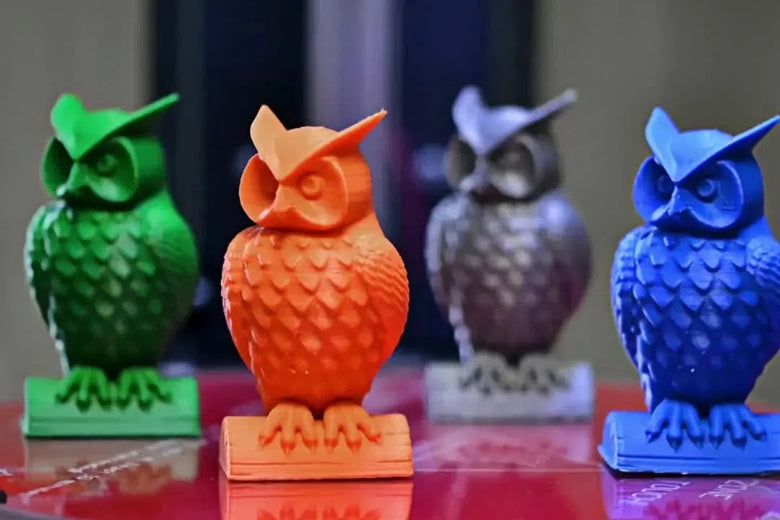

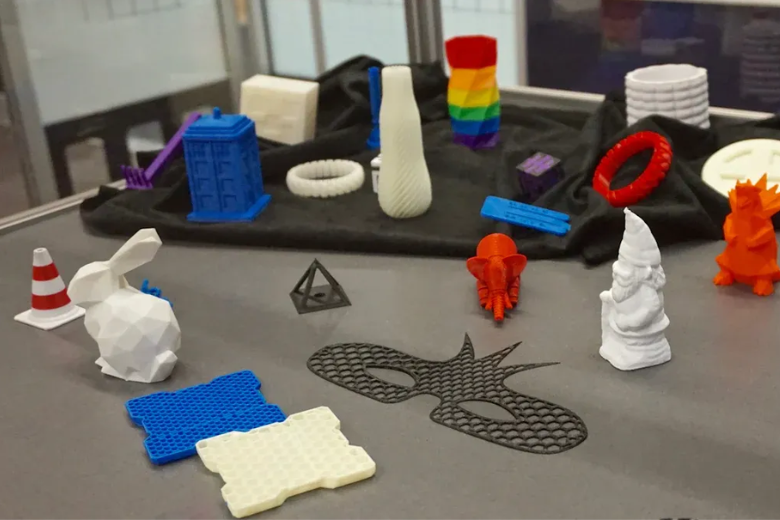

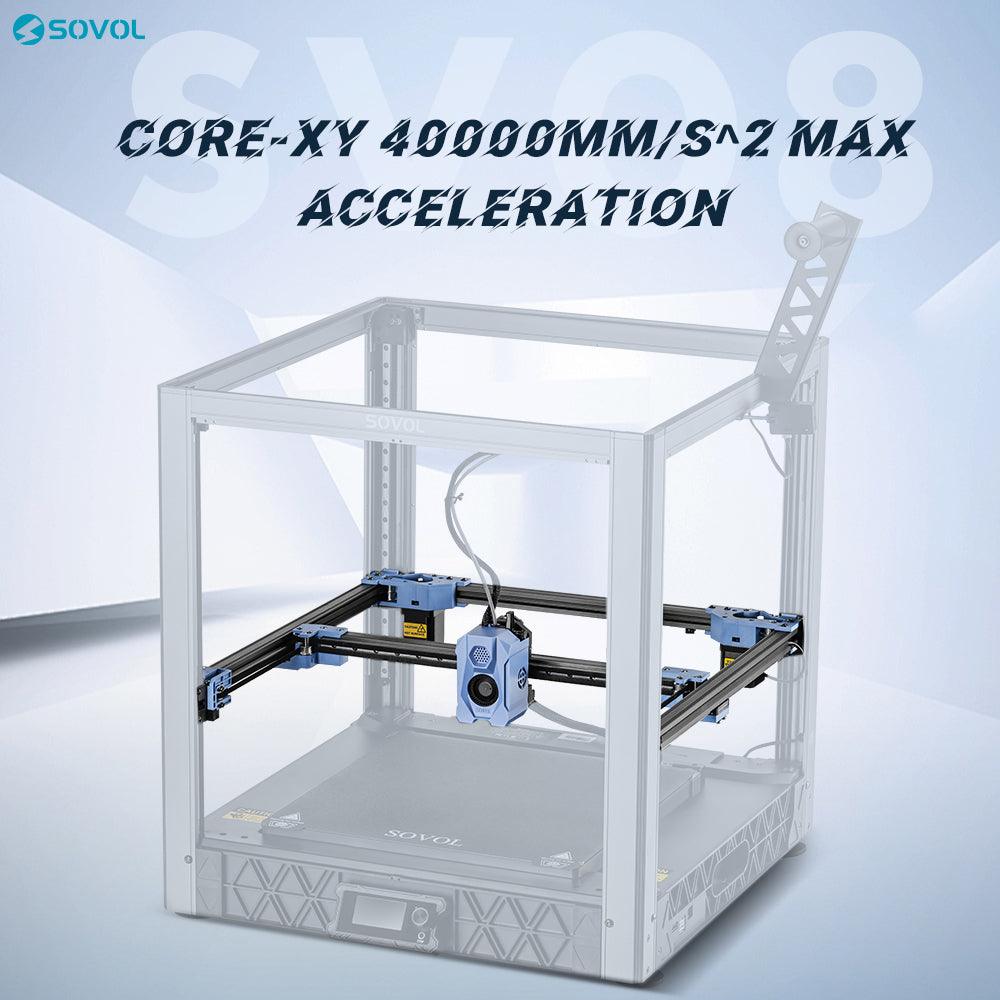
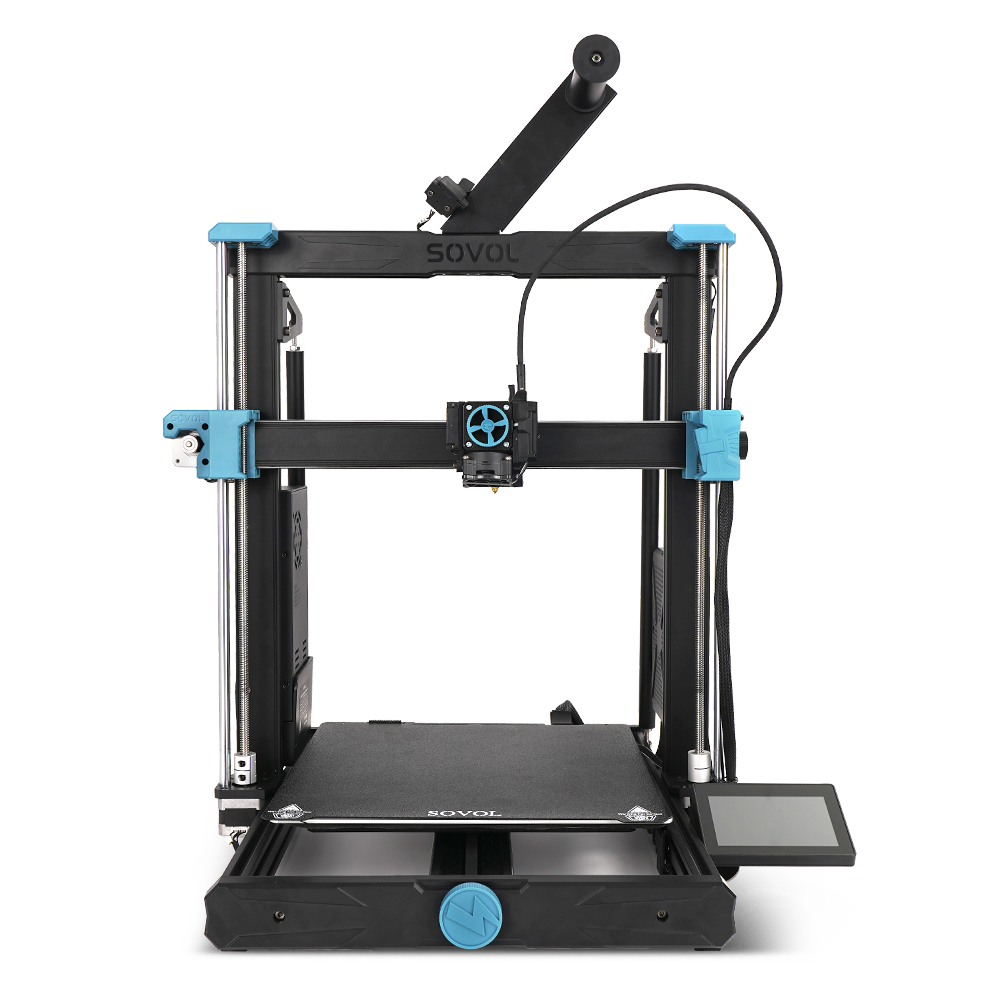
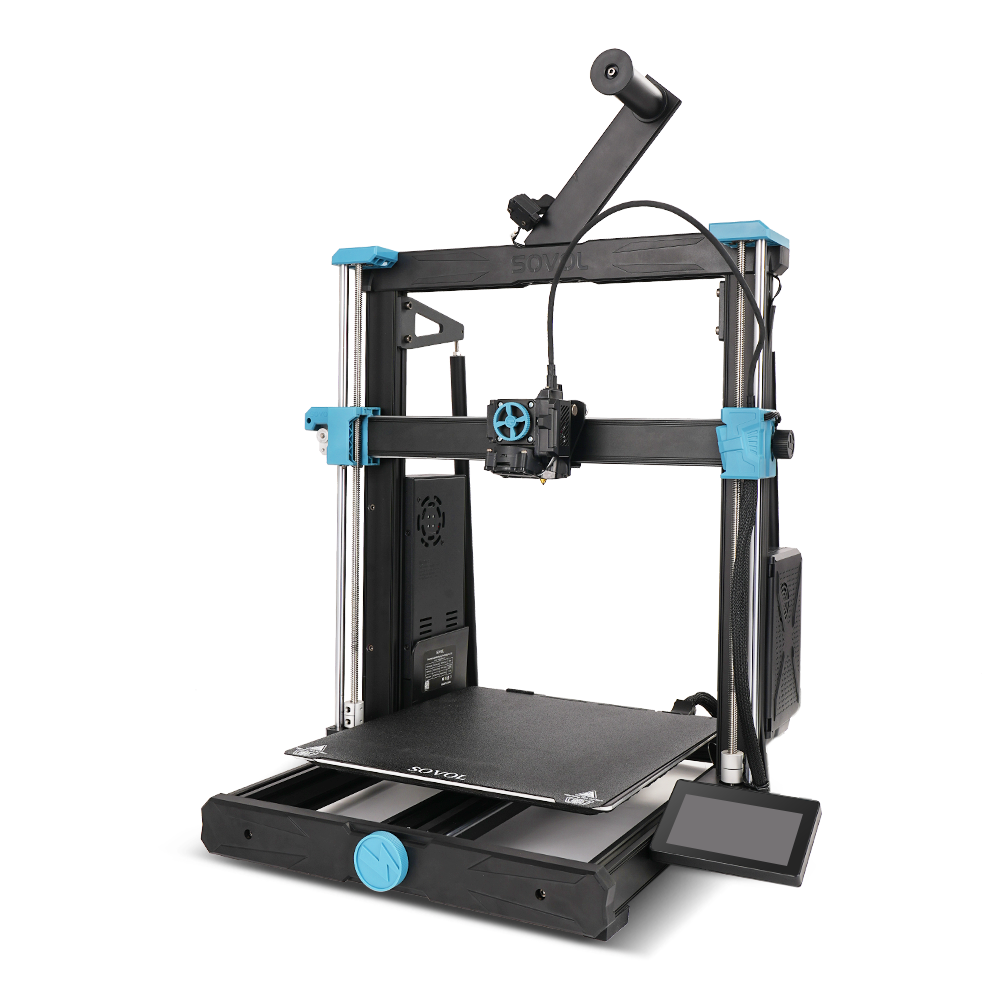



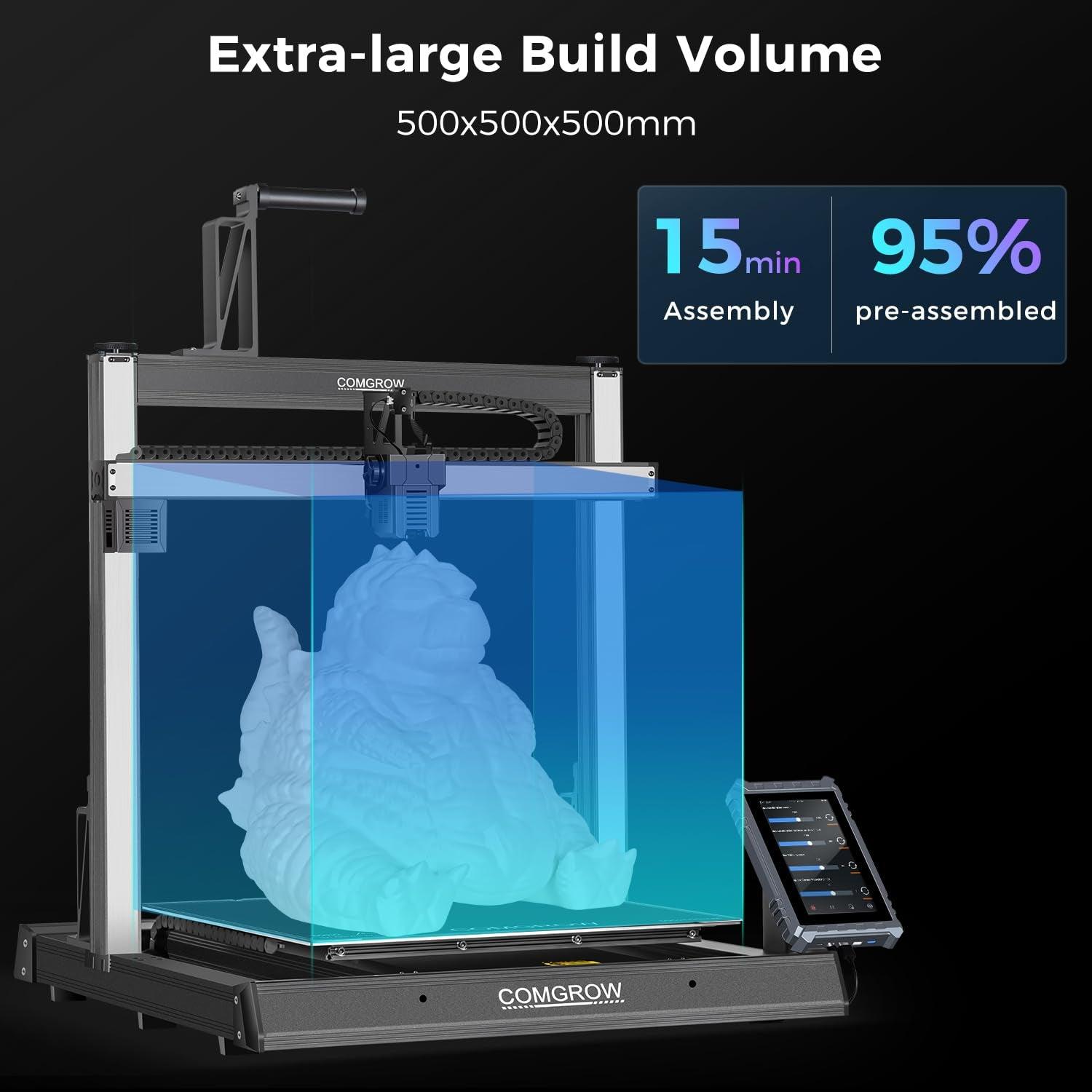
Lämna en kommentar
Alla kommentarer modereras innan de publiceras.
Denna webbplats är skyddad av hCaptcha och hCaptchas integritetspolicy . Användarvillkor gäller.